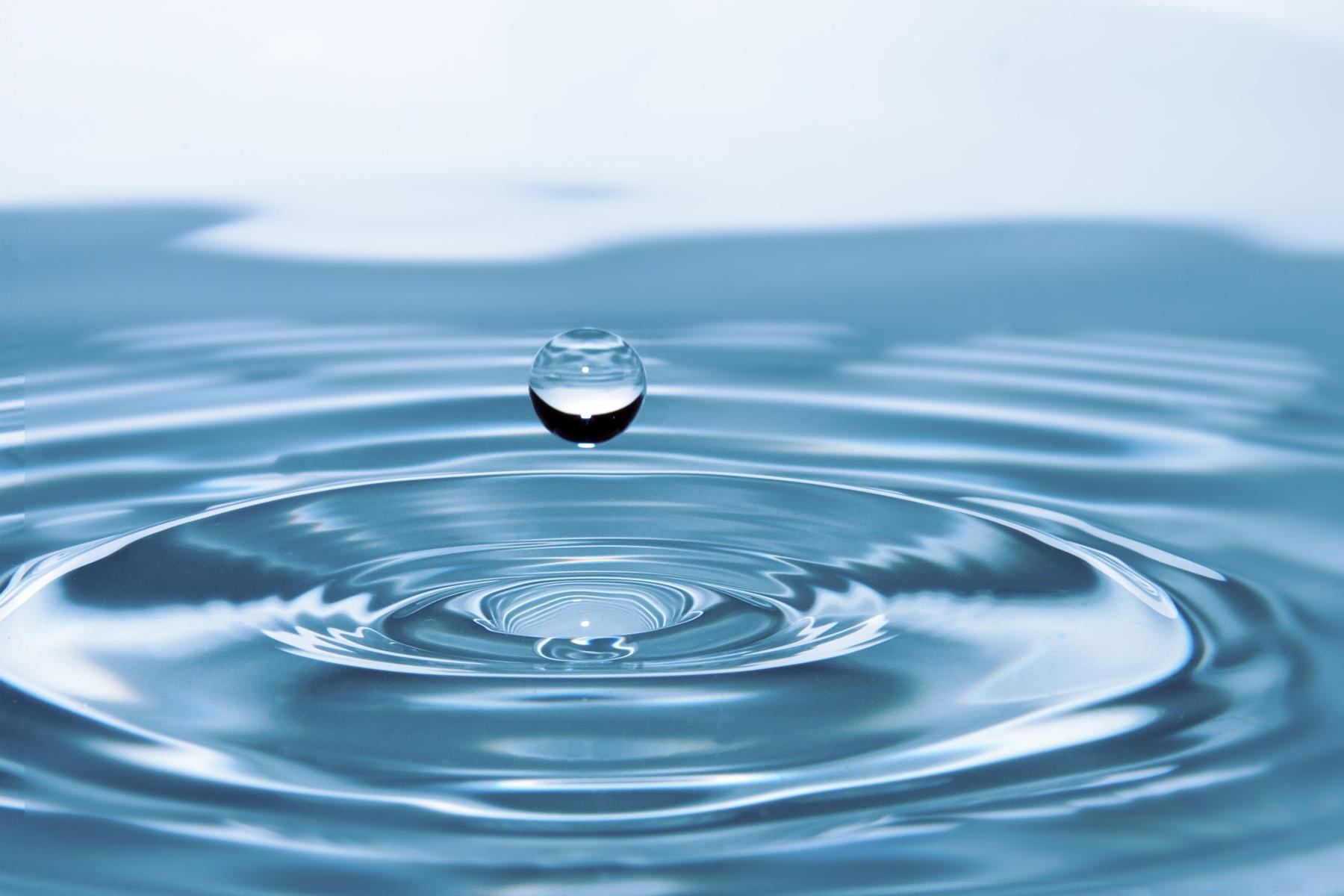
Splash of Science
by Julia Wright
Students measure the temperature of water as it cools to learn about heat transfer and thermal properties while using line of best fit, linear regressions and/or quadratic regressions.
Lesson Plan Link/URL
https://docs.google.com/presentation/d/1G781bT8KYlNoYMcaxqMo7tT7uYAhym_c/edit?u…Subject Area
Science Physical Science P4: Energy Transfer Technology 1. Empowered Learner 3. Knowledge Constructor 5. Computational Thinker 7. Global Collaborator Mathematics Functions (F) Algebra (A)
Featured
Off
Related Content

Grades:
7th Grade, 8th Grade, 9th Grade, 10th Grade, 11th Grade, 12th Grade
This is an introduction to exoplanets and their discovery. In the hands-on activity, students make a lightcurve for an exoplanet transit using data from the DIY MicroObservatory Telescope Network.

Grades:
9th Grade, 10th Grade, 11th Grade, 12th Grade
A lesson to teach students how to collect, organize, interpret data, make inferences, raise awareness, and suggest possible solutions on the water quality of the waterbodies in the state of Arizona.

Grades:
8th Grade, 9th Grade, 10th Grade, 11th Grade, 12th Grade
This lesson is an activity to show how projectile motion and many other motions in nature fallow a parabolic curve. Students will manipulate that knowledge and analyze data using small play tanks to